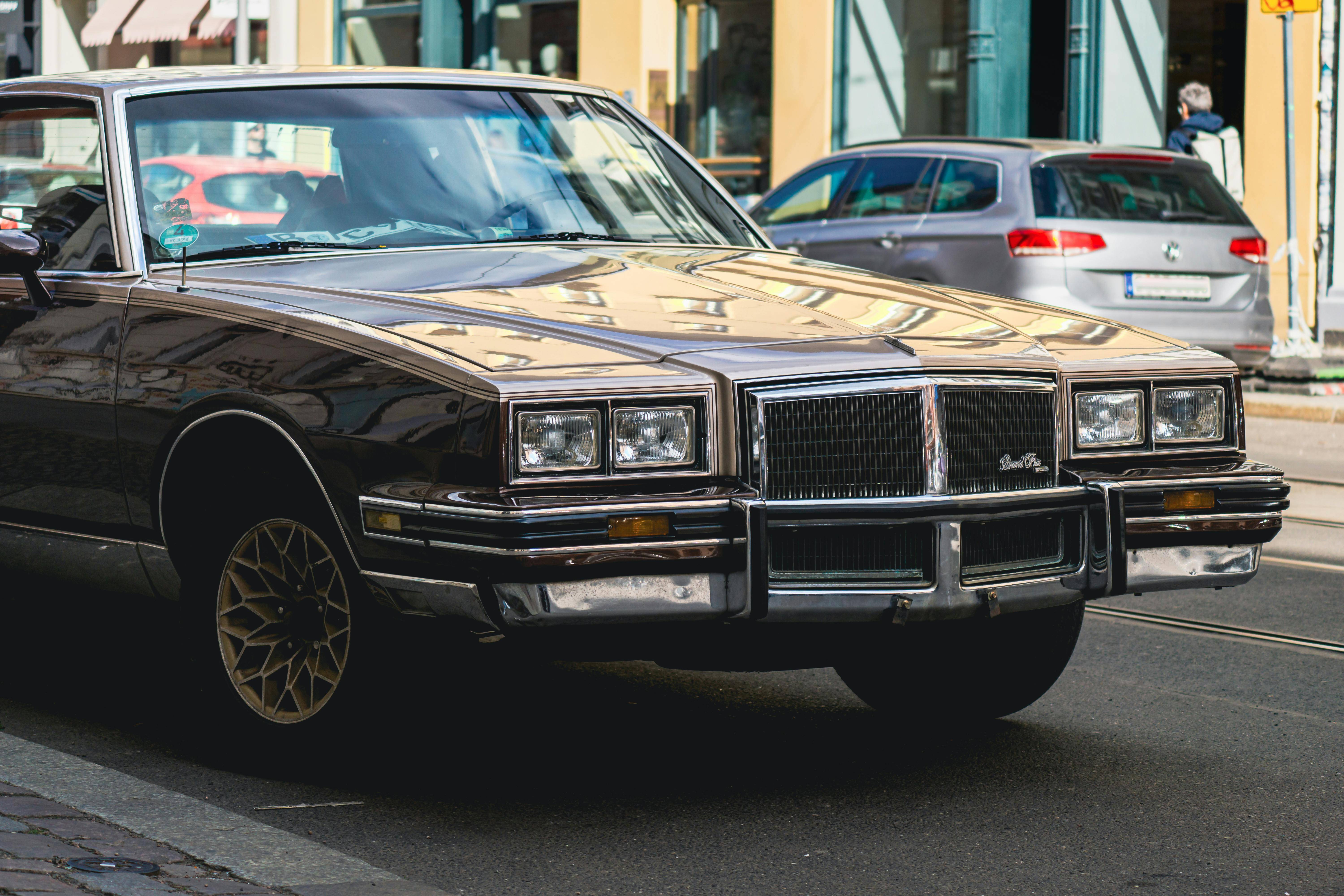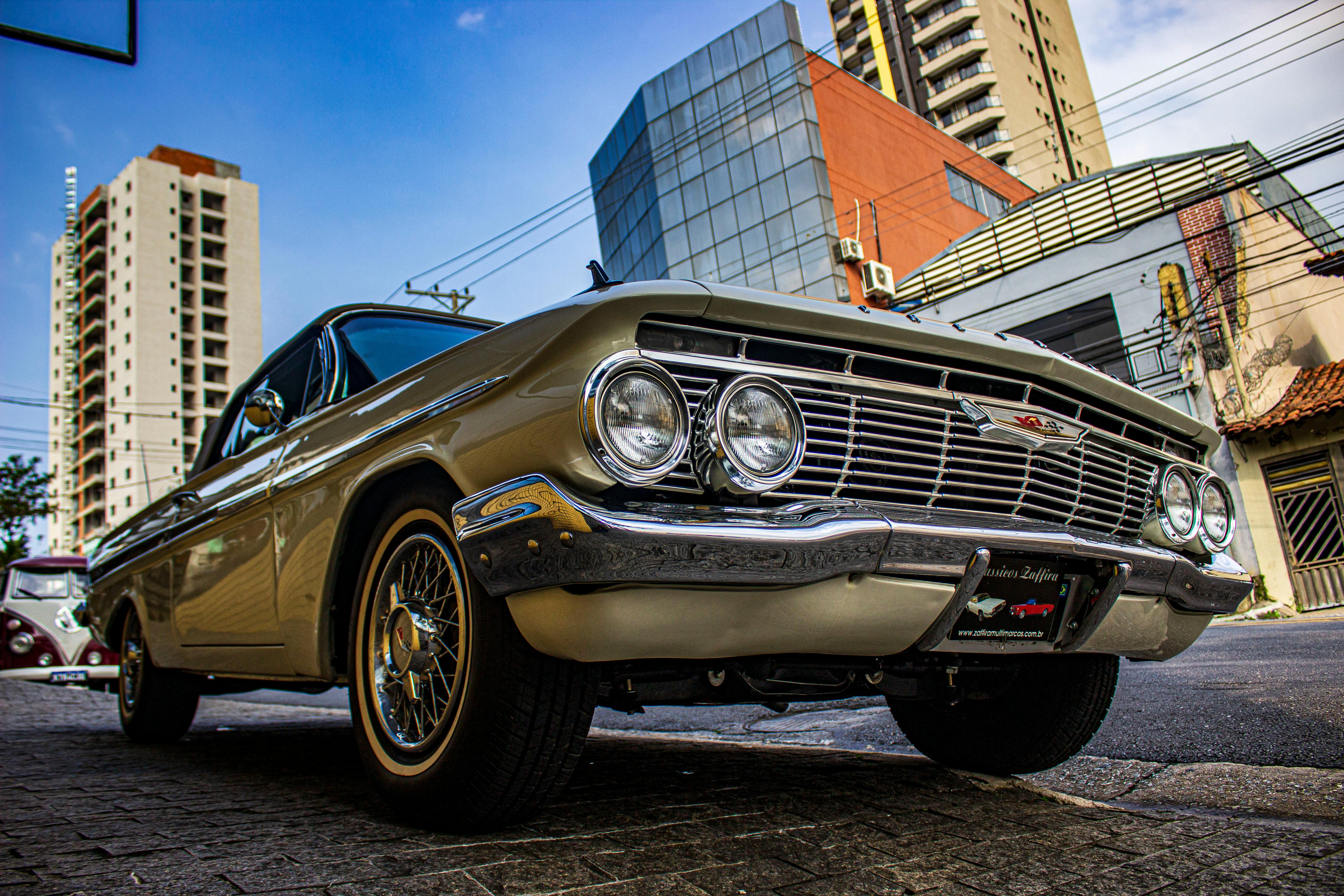Spanish Auto Tariffs: Complete Guide to Importing US Cars to Spain
The appeal of American vehicles in Spain continues to grow, with muscle cars, pickup trucks, and luxury SUVs attracting enthusiasts across the Iberian Peninsula. However, navigating the complex tariff structure when importing US cars to Spain requires understanding the current regulatory landscape, especially amid evolving global trade policies in 2025. This comprehensive guide examines Spanish tariff rates, import procedures, and strategic approaches for successfully bringing American vehicles into Spain.
Current Spanish Import Duty Structure for US Vehicles

Spain follows the European Union's common external tariff policy, applying standardized rates to vehicles imported from non-EU countries like the United States. The current import cost structure includes:
Basic Tariff Components
-
Import Duty: 10% of the vehicle's declared value
-
Value Added Tax (VAT): 21% applied to the combined total of the vehicle's value plus shipping costs and import duty
-
Registration Tax: Between 0% and 15.9% based on CO2 emissions (lower emissions qualify for lower rates)
These combined costs significantly impact the final price of US vehicles in Spain. For example, a $40,000 American SUV could incur approximately $4,000 in import duty, followed by over $9,000 in VAT, plus additional registration taxes based on emissions performance.
Additional Mandatory Fees
When importing vehicles to Spain, several other charges apply:
-
Harbor Maintenance Fee (HMF): 0.125% of cargo value for ocean freight
-
Merchandise Processing Fee (MPF): 0.3464% of cargo value (with minimum and maximum thresholds)
-
Vehicle Homologation Costs: Technical inspections and certification to meet EU standards
Recent Developments in US-Spain Auto Trade Relations
The trade relationship between the US and Spain has entered a new phase following the implementation of 25% tariffs on imported vehicles to the United States in April 2025. While Spain has not yet announced reciprocal measures, the European Commission is actively engaged in discussions about potential responses.
As detailed in our analysis of Trump's auto tariff increase, these developments have prompted speculation about possible tariff adjustments in both directions. Some European officials have suggested that lowering EU tariffs from 10% to 2.5% could encourage reciprocity, but no formal changes have been implemented as of April 2025.
Special Provisions for Classic and Vintage Vehicles
Spain offers significant tariff advantages for classic American cars, similar to the US exemptions for classics from recent import duty increases:
-
Reduced VAT Rate: Classic cars over 30 years old qualify for a reduced 12% VAT rate (compared to standard 21%)
-
Streamlined Registration: Simplified process for historic vehicles with special "historic" license plates
-
Emissions Exemptions: Older vehicles typically face less stringent emissions testing
These provisions make importing vintage American models particularly attractive for Spanish collectors and enthusiasts. For example, a 1968 Ford Mustang would qualify for the reduced VAT rate, potentially saving thousands of euros compared to importing a modern vehicle.
The US-Spain Car Import Process
Documentation Requirements
Successfully importing a US vehicle to Spain requires thorough preparation with the following documents:
-
Original vehicle title and registration
-
Purchase invoice or bill of sale
-
Export permits from US authorities
-
Certificate of Conformity (CoC) or technical inspection documentation
-
Emissions certification
-
Proof of insurance
-
Spanish customs declaration forms
Homologation and Technical Requirements
One of the most challenging aspects of importing US cars to Spain involves meeting EU technical standards, which differ significantly from American specifications:
-
Lighting Modifications: Headlights must be adjusted or replaced to meet European beam patterns
-
Emissions Compliance: Vehicles must meet Euro emissions standards or qualify for historic exemptions
-
Safety Features: Additional safety equipment may be required, including rear fog lights
-
Speedometer/Odometer: Must display kilometers rather than miles
Cost Analysis: Importing Different Vehicle Categories
Example 1: Modern American Muscle Car
For a 2024 Ford Mustang GT valued at €60,000:
-
10% Import Duty: €6,000
-
21% VAT (on car + duty): €13,860
-
Registration Tax (high emissions): approximately €9,000
-
Total Tax Burden: Approximately €28,860 (48% of vehicle value)
Example 2: Classic American Vehicle
For a 1965 Chevrolet Impala valued at €45,000:
-
10% Import Duty: €4,500
-
12% Reduced VAT (on car + duty): €5,940
-
Minimal registration fees for historic vehicle: approximately €500
-
Total Tax Burden: Approximately €10,940 (24% of vehicle value)
Example 3: Electric American SUV
For a 2025 Tesla Model Y valued at €55,000:
-
10% Import Duty: €5,500
-
21% VAT (on car + duty): €12,705
-
0% Registration Tax (zero emissions): €0
-
Total Tax Burden: Approximately €18,205 (33% of vehicle value)
Strategic Approaches for US Car Importers
1. Leverage Classic Car Advantages
The significant tax benefits for vehicles over 30 years old make classic American cars particularly attractive for import to Spain. As noted in our detailed guide on classic car exemptions, focusing on vehicles from 1995 or earlier can substantially reduce overall import costs.
2. Consider Electric Vehicles
The 0% registration tax for zero-emission vehicles can partially offset Spain's import duty and VAT, making American EVs more financially viable despite the initial tariffs.
3. Consider Classic Cars
Many countries, including the United States and European Union members, offer preferential treatment for vehicles over a certain age (typically 25-30 years old). These benefits often include:
-
Reduced or eliminated import duties - In many EU countries, vehicles over 30 years old may qualify for reduced import tariffs or complete exemptions
-
Lower value-added tax rates - Countries like Spain apply a 12% VAT rate for classics versus 21% for modern vehicles
-
Simplified homologation requirements - Many classic vehicles are exempt from meeting current emissions and safety standards
-
Special registration options - Historic vehicle registration often costs less and may include additional privileges
For example, while a new American SUV imported to Germany would face the full 10% EU import duty plus 19% VAT, a 1990 Chevrolet Corvette would qualify for significantly reduced rates, potentially saving thousands in import costs.
Additionally, classic American vehicles often appreciate in value over time, potentially offsetting the initial shipping and import expenses. This makes them not just a way to avoid high tariffs, but potentially a sound investment opportunity as well.
4. Work with Specialized Importers
Professional importers with established relationships with Spanish customs authorities can navigate the complex documentation and homologation requirements more efficiently than individuals attempting first-time imports.
Challenges and Solutions in US-Spain Vehicle Shipping
Common Obstacles
-
Emissions Certification: Many American vehicles don't meet European standards without modifications
-
Documentation Complexity: Spanish customs requires extensive paperwork and certified translations
-
Port Congestion: Delays at major Spanish ports like Barcelona and Valencia can extend delivery timelines
-
Exchange Rate Fluctuations: Currency changes can impact final duty calculations
Expert Solutions
Our specialized car shipping services to Spain address these challenges through:
-
Comprehensive documentation preparation and customs clearance
-
Technical guidance for necessary vehicle modifications
-
Consolidated container shipping options to reduce costs
-
Door-to-door delivery throughout Spain
-
Weekly departures from US warehouses to Spanish ports
Navigating Spanish Tariffs Successfully
While Spanish tariffs on US cars represent a significant cost consideration, strategic planning and expert guidance can make importing American vehicles a viable and rewarding endeavor. Understanding the nuances of import duties, VAT calculations, and special provisions for different vehicle categories is essential for a successful and cost-effective import process.
Whether you're importing a classic American muscle car, a modern performance vehicle, or an electric SUV, our international car shipping expertise can help navigate Spain's tariff structure efficiently. With comprehensive services from pickup in the US to delivery in Spain, we handle all logistics, customs clearance, and compliance requirements to ensure your vehicle arrives safely and legally.
You May Also Like
These Related Stories

How Much Does It Cost to Import a Car from Spain to the US in 2025?

Tariff-Free Classic Car Imports from Canada & Mexico: 2025 Surge

-093789-edited.png?width=220&height=79&name=wcs_final_logo_(1)-093789-edited.png)
